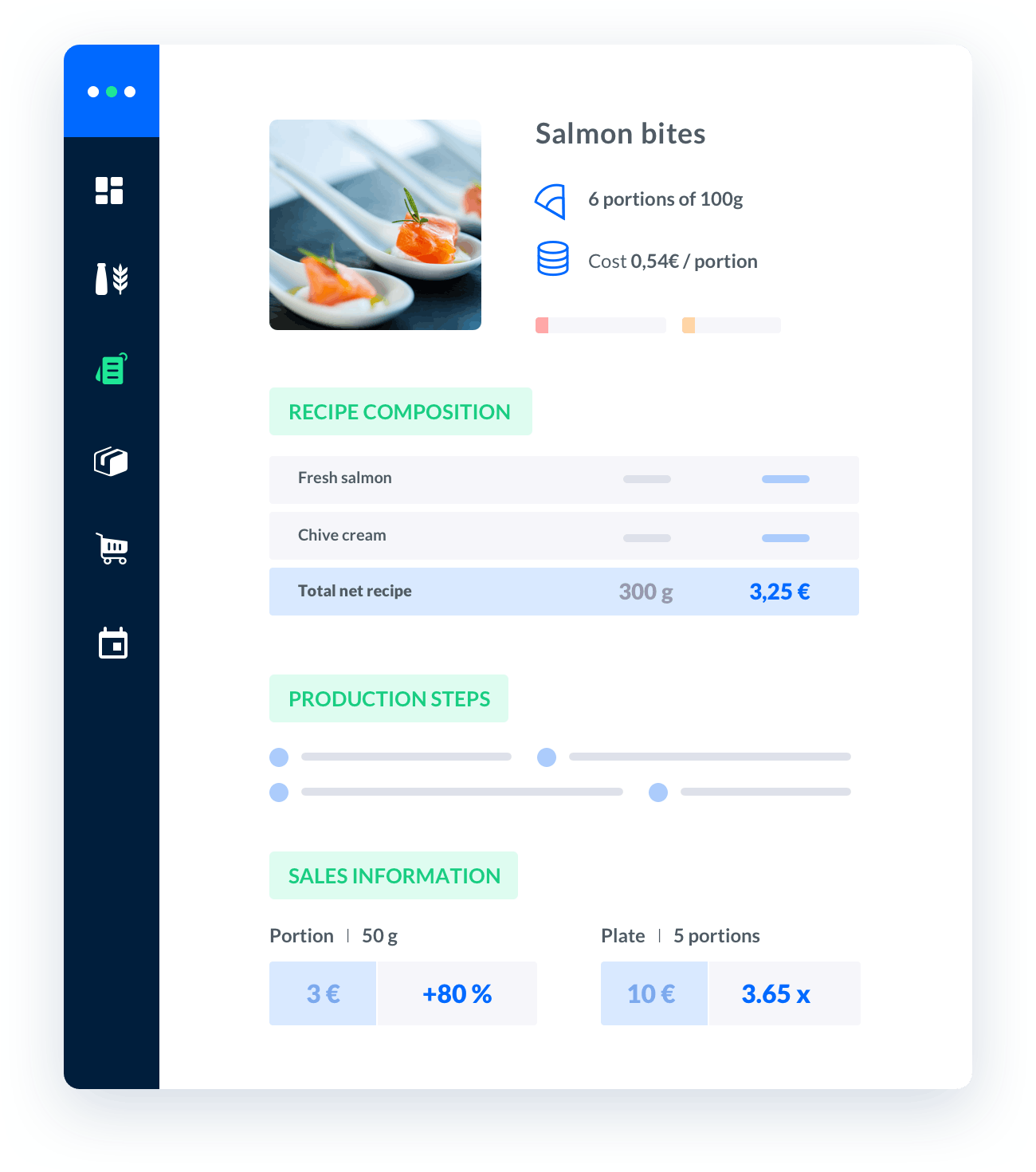average kitchen labor cost percentage
When it comes to remodeling a kitchen, one of the main concerns for professionals in the catering industry is the labor cost.Understanding the average kitchen labor cost percentage can help individuals plan and budget their kitchen renovation project effectively.

Melba: the food cost app to optimize the profitability of your restaurant
Discover how to optimize the profitability of your restaurant with melba

The ultimate guide to food cost restaurant
Learn more about the food cost basis and how to reduce your food cost percentage
When it comes to remodeling a kitchen, one of the main concerns for professionals in the catering industry is the labor cost. Understanding the average kitchen labor cost percentage can help individuals plan and budget their kitchen renovation project effectively. In this comprehensive guide, we will explore the factors that influence labor costs, provide a breakdown of the average kitchen labor cost percentage, and offer tips on how to manage and reduce these costs.
Factors Affecting Kitchen Labor Costs
Before diving into the average kitchen labor cost percentage, it's essential to understand the various factors that can impact labor costs. These factors include:
- Size of the kitchen: The larger the kitchen, the more labor-intensive the remodeling process will be. This can result in higher labor costs.
- Complexity of the project: Projects that involve extensive plumbing, electrical work, or structural changes will require more skilled labor, which can drive up costs.
- Geographical location: Labor costs can vary significantly based on the region or city you are located in. Higher living costs and demand for skilled labor can lead to higher kitchen labor costs.
- Scope of work: The specific tasks involved in the kitchen remodeling project, such as cabinet installation, countertop replacement, or flooring, will impact labor costs.
- Contractor experience and reputation: Highly skilled and reputable contractors may charge higher labor rates due to their expertise and demand.
Average Kitchen Labor Cost Percentage Breakdown
Now let's delve into the average kitchen labor cost percentage breakdown. Keep in mind that these percentages are general estimates and can vary based on the factors mentioned above:
1. Design and Planning (10-15% of labor costs)
This phase involves working with a designer or architect to create a detailed plan for the kitchen remodel. It includes measuring the space, discussing design options, and developing a comprehensive project plan. The design and planning phase typically accounts for 10-15% of the overall labor costs.
2. Demolition and Removal (10-15% of labor costs)
Prior to the actual construction, the existing kitchen elements need to be removed. This includes demolishing cabinets, countertops, flooring, and any other items that are being replaced. The labor cost for demolition and removal typically accounts for 10-15% of the total labor costs.
3. Electrical and Plumbing Work (25-35% of labor costs)
Updating or relocating electrical and plumbing systems is a crucial part of kitchen remodeling. This may involve installing new wiring, outlets, lighting fixtures, plumbing lines, and fixtures. The electrical and plumbing work often constitutes 25-35% of the overall labor costs.
4. Carpentry and Installation (25-35% of labor costs)
Carpentry and installation encompass tasks such as installing cabinets, countertops, backsplashes, and other structural elements. This phase requires skilled labor and accounts for approximately 25-35% of the total labor costs.
5. Finishing Touches and Cleanup (10-15% of labor costs)
Once the major construction work is completed, the finishing touches and cleanup phase begins. This includes painting, applying finishes, installing hardware, and ensuring the overall cleanliness of the kitchen. Finishing touches and cleanup generally account for 10-15% of the labor costs.
Tips to Manage and Reduce Kitchen Labor Costs
While labor costs are a significant aspect of kitchen remodeling, there are several strategies you can implement to manage and reduce these costs:
- Get multiple quotes: Obtain quotes from multiple contractors to compare labor rates. This will help you identify competitive prices and potentially negotiate for better deals.
- Create a detailed plan: A well-defined plan can minimize unexpected changes and reduce labor costs associated with modifications during the remodeling process.
- Consider DIY for non-technical tasks: If you have the skills and time, you can handle certain tasks like painting or demolition yourself, reducing the need for professional labor.
- Opt for prefabricated materials: Choosing prefabricated cabinets, countertops, and other materials can reduce labor costs as they require less customization and installation time.
- Plan for contingencies: Set aside a contingency budget to accommodate any unexpected issues or changes that may arise during the remodeling process, minimizing the impact on labor costs.
By understanding the average kitchen labor cost percentage breakdown and implementing effective cost management strategies, professionals in the catering industry can plan and execute their kitchen renovation projects within their budget. Remember to always work with reputable contractors who provide transparent pricing and quality craftsmanship to ensure a successful kitchen remodeling experience.






